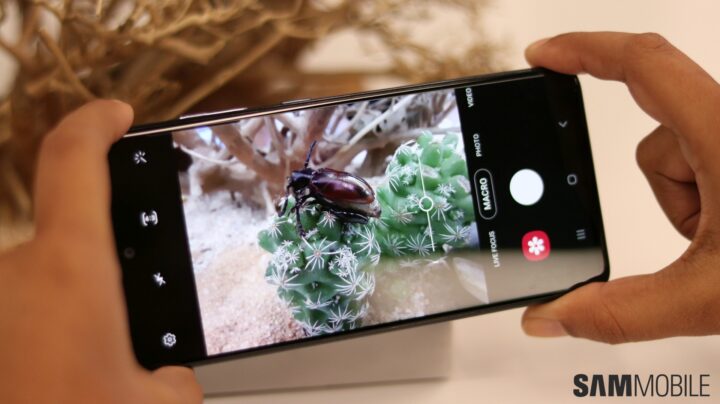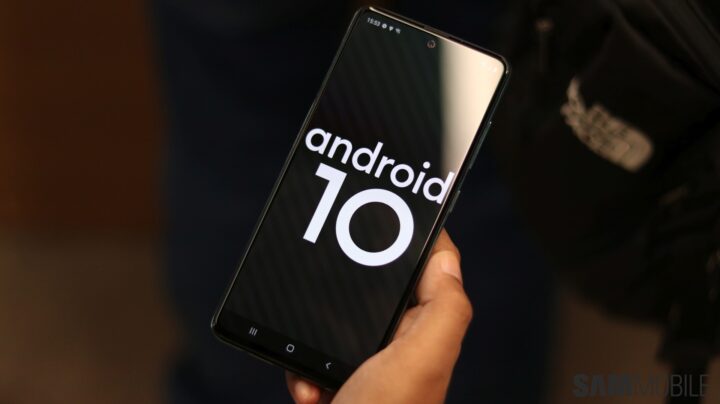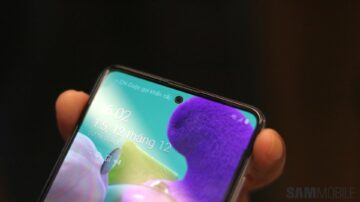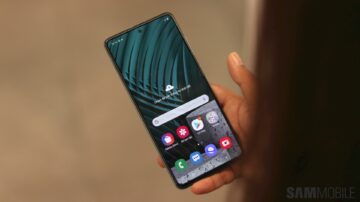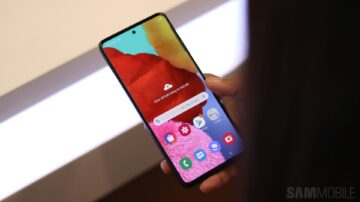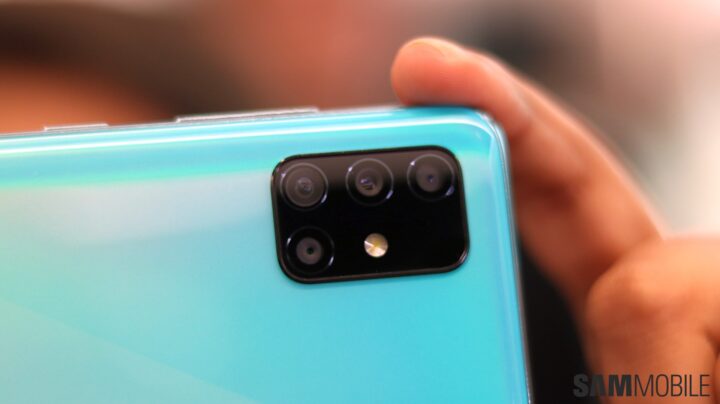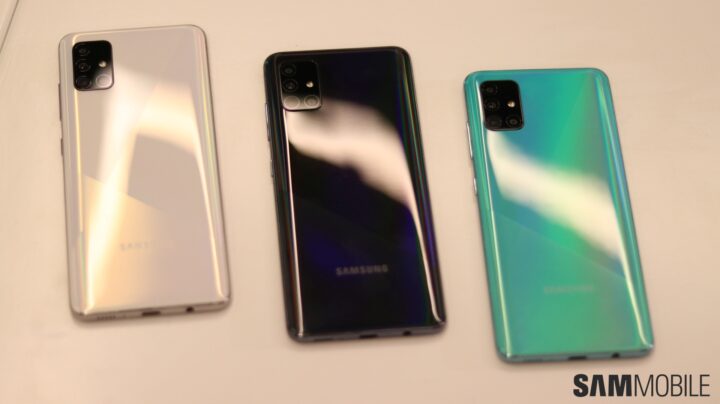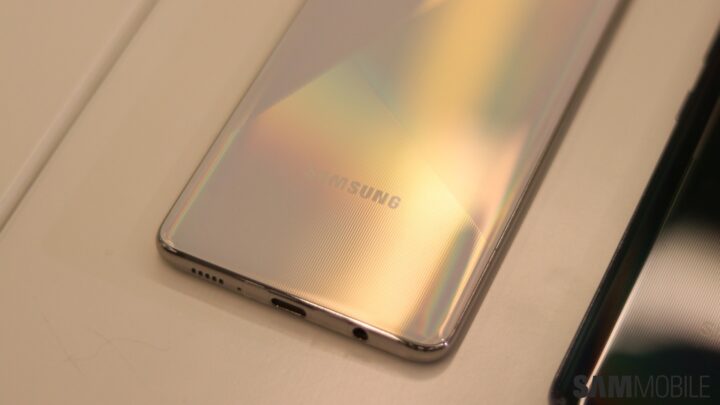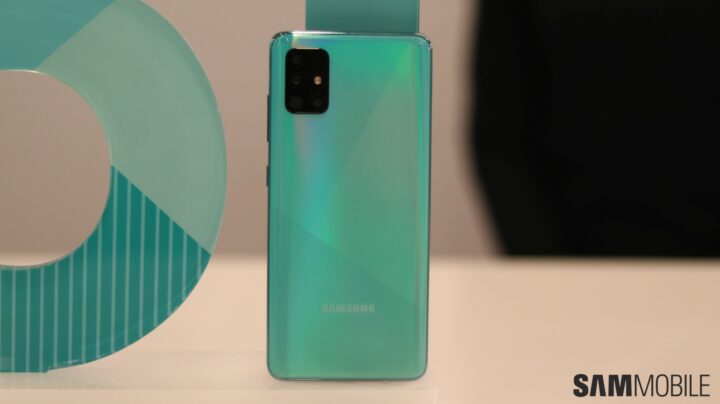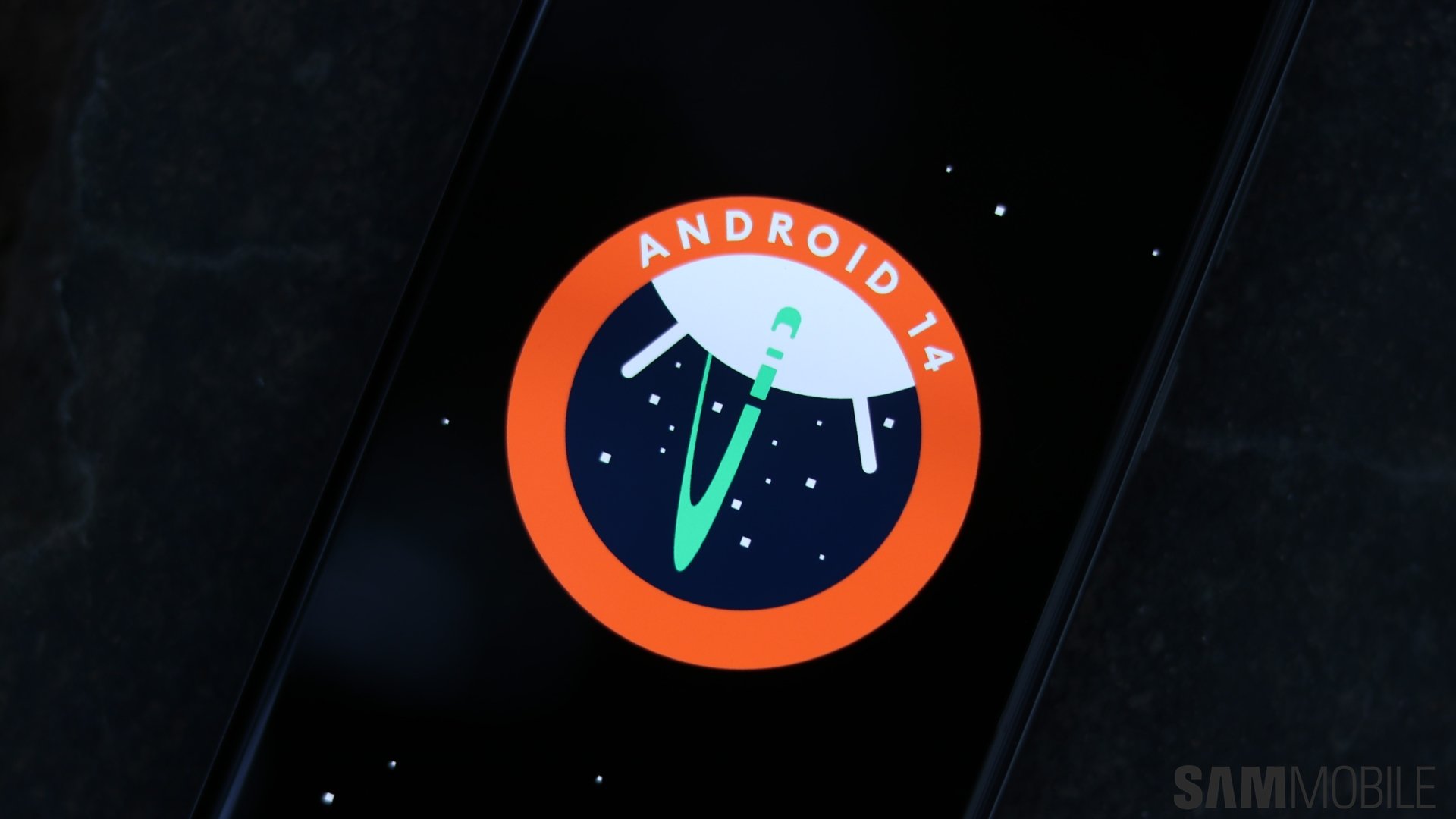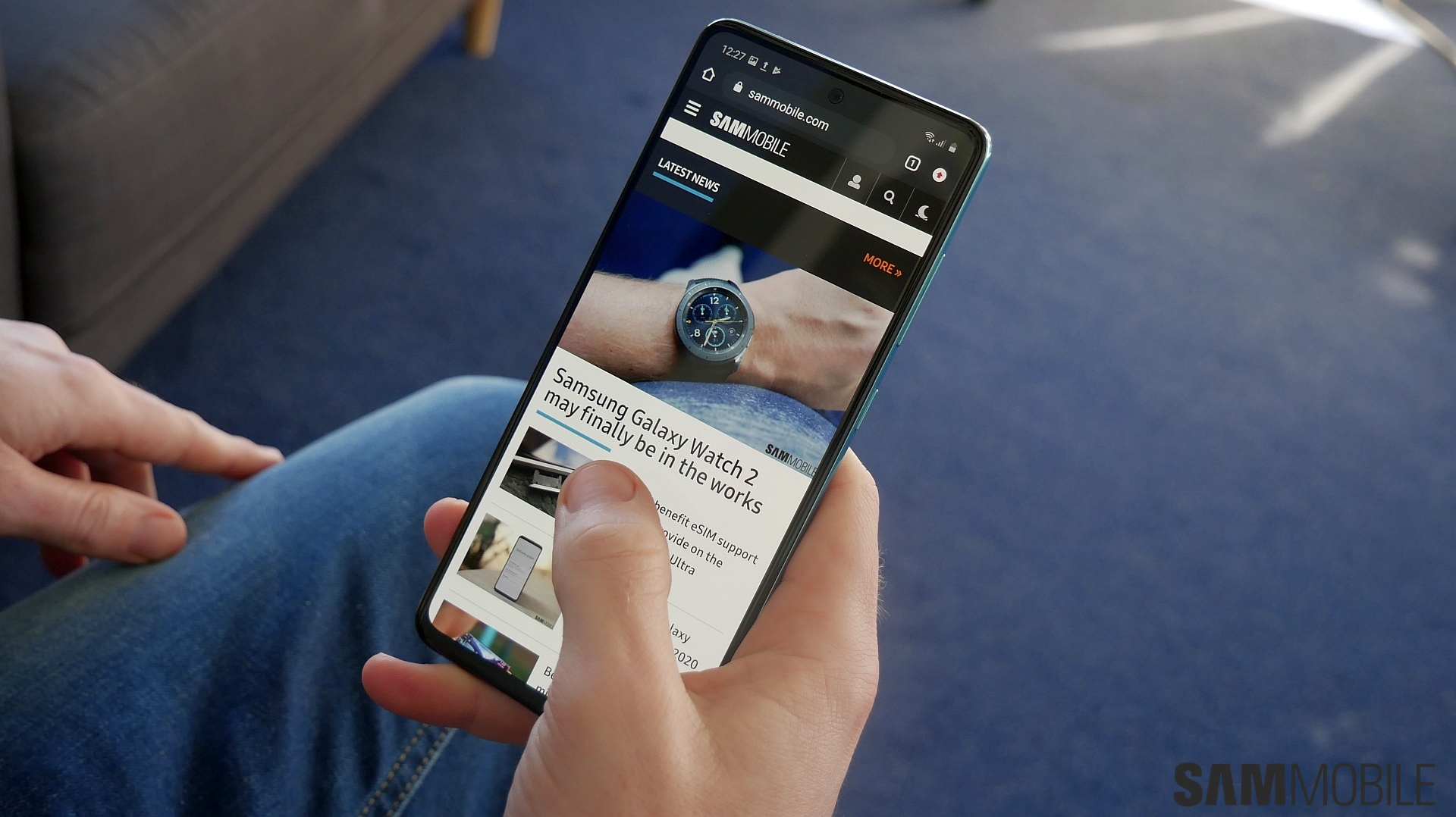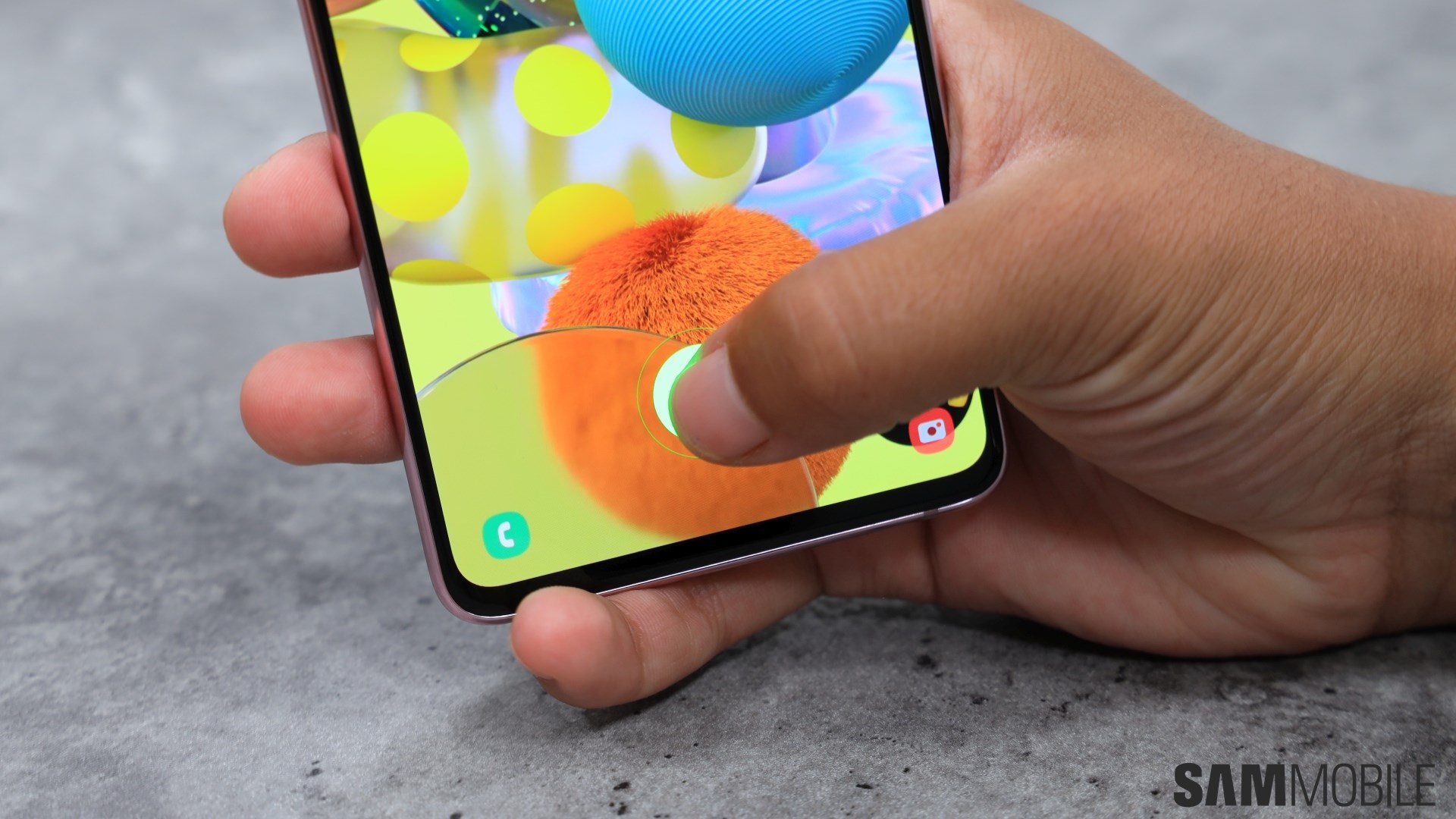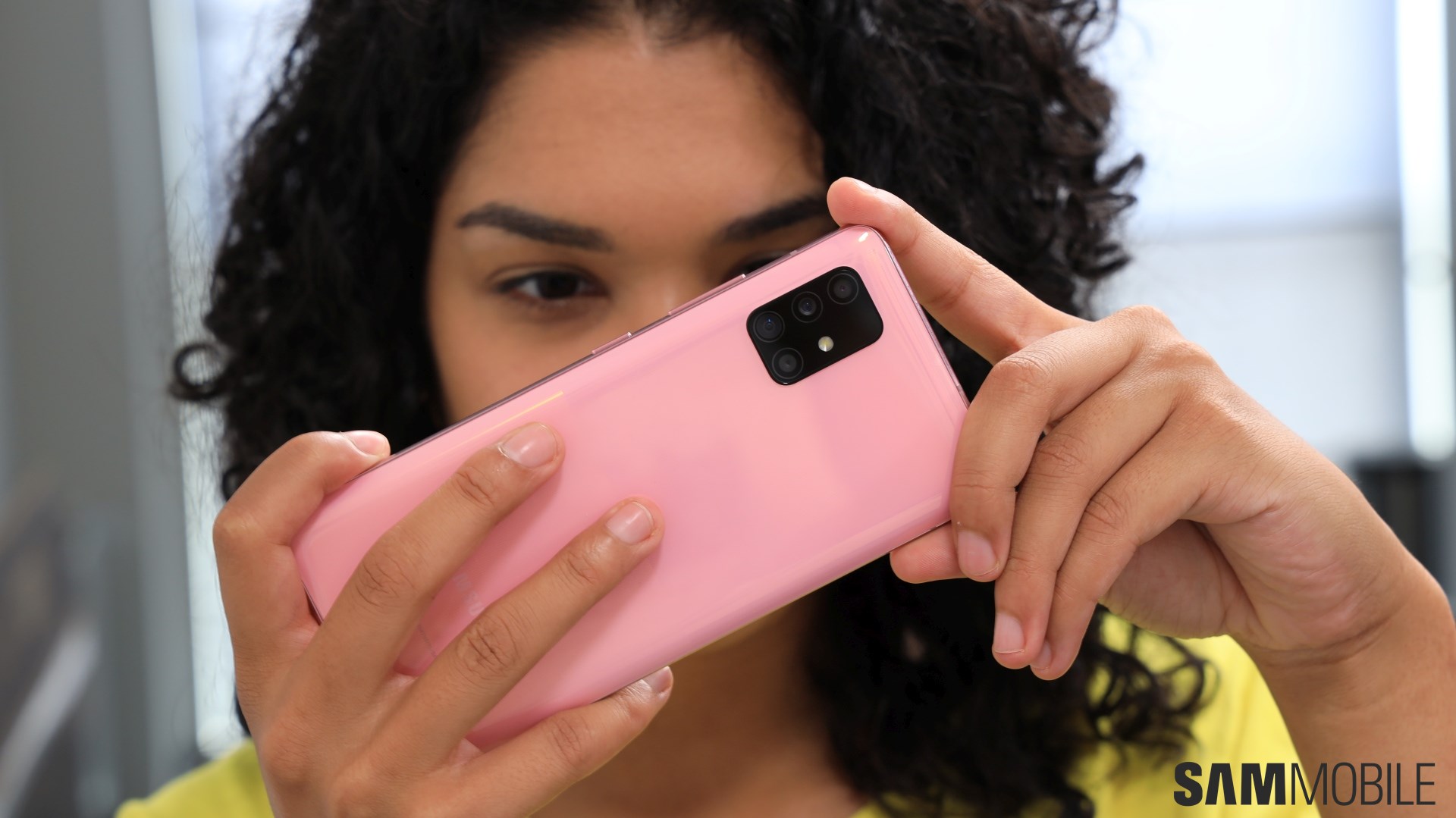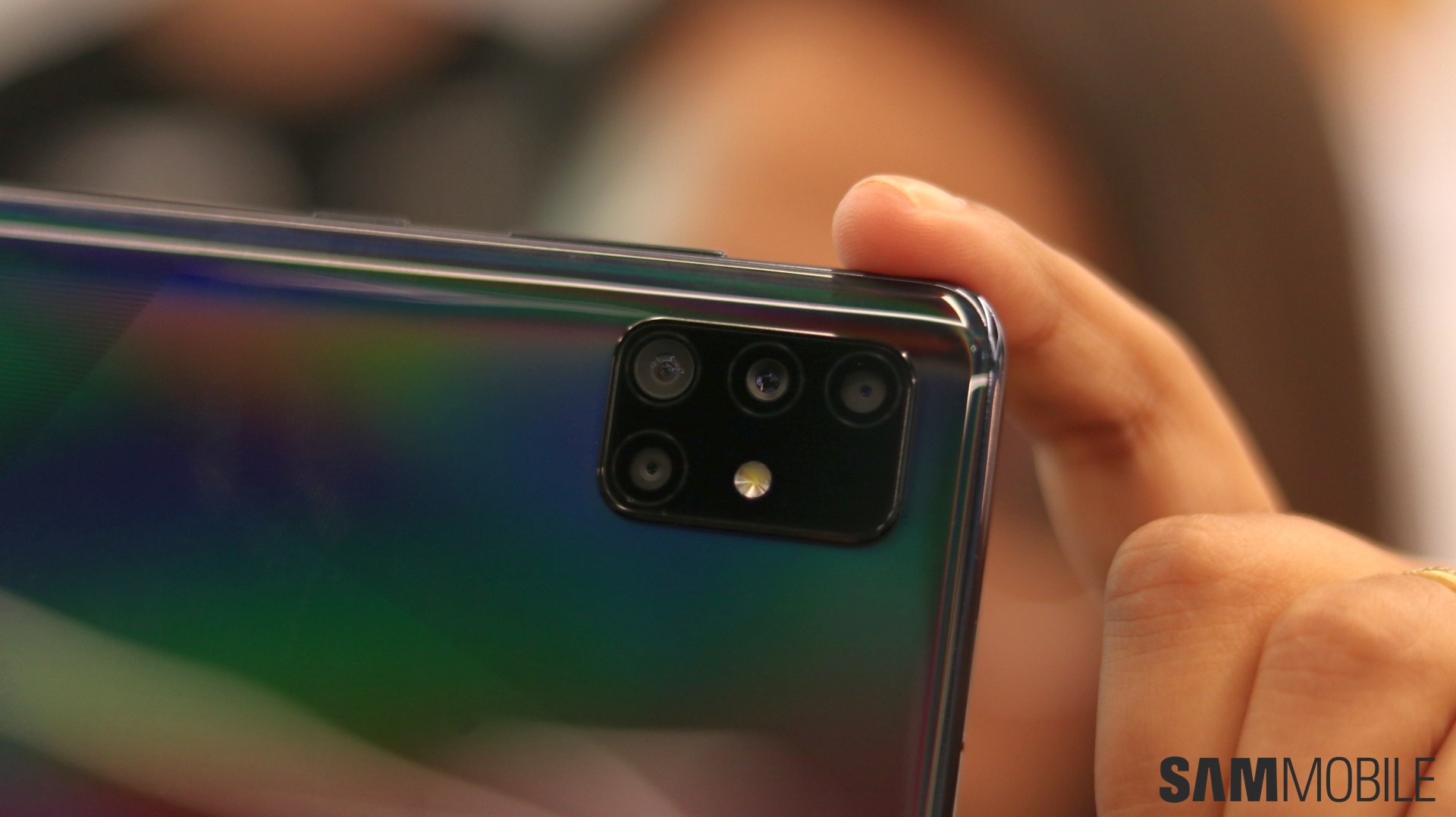
The A51 also has an Infinity-O display like the one on the Galaxy Note 10, and it runs Android 10 out of the box, becoming the first Galaxy phone to be launching with the latest version of Android out of the box before the next Galaxy S flagship comes around. I had the chance to play with the phone at its launch in Vietnam today, and here are my initial impressions.
Galaxy A51 hands-on
The A51's macro camera has a resolution of 5 megapixels, and, frankly, the results aren't bad. I took three close-up shots of props Samsung had put up at the event, and the macro camera lets you get considerably close. However, you do have to get really close to the subject to get it into focus, so many will wish Samsung had just put in a telephoto lens instead. Telephoto lenses let you get close without physically moving closer to the subject, and cost considerations are no doubt the reason Samsung opted to equip the A51 with a macro camera.
At 12 megapixels, the ultra-wide camera on the Galaxy A51 has a higher megapixel count than ultra-wide cameras we've seen on other non-flagship Galaxy smartphones (which have a 5MP or 8MP ultra-wide camera depending on the phone's cost), but I couldn't test it enough to say if the bump in resolution makes a big difference. I couldn't test the 48MP main camera or 32MP front camera, either, but we'll have more to tell you about their quality in our full review.
I was also unable to test the on-screen fingerprint reader, but Samsung has hopefully improved its performance, as the one on the Galaxy A50 was rather mediocre. I did manage to browse through the general software a bit, and it's great to see that the A51 isn't going to be outdated at launch. It runs Android 10 with One UI 2.0 and felt pretty snappy and responsive. I saw features like Bixby Routines and Edge screen on the device, although the built-in screen recorder from One UI 2.0 was missing.
Samsung is making the Galaxy Note 10's Infinity-O display the standard across its smartphone range next year, and the A51 is the first of those devices to be coming to market. Being a Super AMOLED panel, the colors and overall quality looked excellent, and the bezels are pretty small and make the 6.5-inch screen feel compact to use. As for the design, the phone has a crisscross pattern in the upper half of the back and a ridged pattern in the lower half, and it all shines beautifully when light hits the back at different angles.
I can see the Galaxy A51 becoming another blockbuster hit for Samsung seeing how well the Galaxy A50 has done worldwide. The macro camera, Infinity-O display, and Android 10 out of the box are meaningful upgrades that make the $350 price tag pretty compelling, although Samsung will have to make sure it doesn't wait too long to launch the Galaxy A51 outside Vietnam given how quickly the competition in the budget and mid-range is moving these days.












